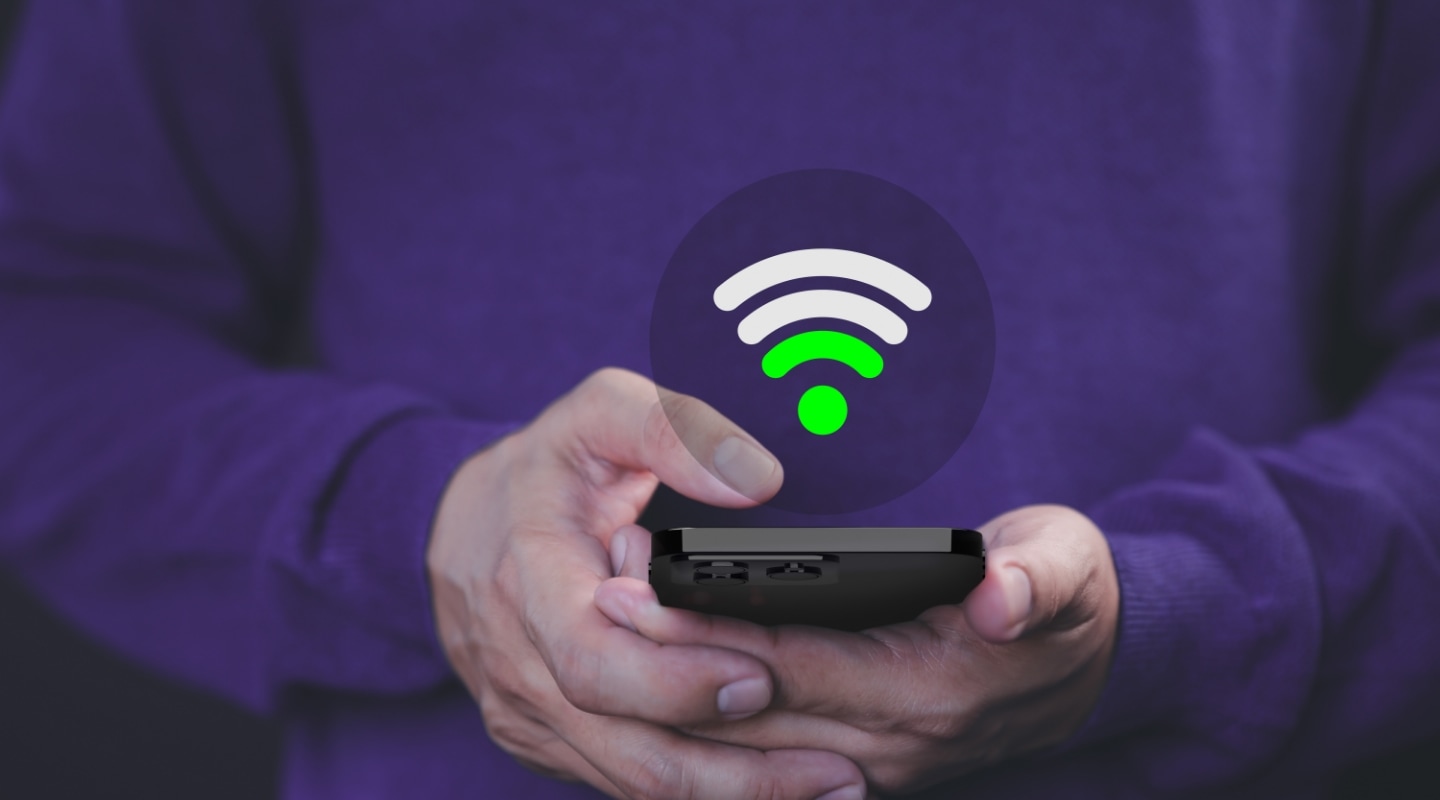You’ve heard the complaints. A resident can’t video chat with their grandkids, or a family member mentions the streaming service is constantly buffering. While these frustrations are valid, the most significant costs of an unreliable Wi-Fi network are invisible to residents but deeply impact your operations and bottom line.
An underperforming network is more than an inconvenience. It compromises care quality, exposes your community to significant liability, and damages the reputation you’ve worked so hard to build.
This article pulls back the curtain on those hidden costs and shows you what you can do to transform your network from a liability that holds you back, into a strategic asset that drives you forward.
The hidden operational costs on your staff
Modern senior living communities run on connected software. For instance, staff depend on Wi-Fi for everything from accessing electronic health records (EHRs) to running cloud-based operational software. When internet connection is poor, these essential tasks grind to a halt, causing system-wide delays.
Every minute your staff spends waiting for a screen to load or trying to reconnect to the network is a minute they aren’t spending with residents. This lost time translates directly into wasted payroll hours and operational drag that quietly drains your budget.
Unreliable communication tools, such as community phones or messaging apps, can also lead to fragmented care coordination, creating potential for delays or errors in care delivery. A reliable network allows your team to focus on care, not troubleshooting IT issues, which is crucial for efficient and effective operations.
Critical medical and security risks
For an executive, risk management is paramount. An unstable Wi-Fi network moves beyond an operational headache and becomes a critical threat to resident safety, data security, and your community’s legal standing.
For one, the reliance on Wi-Fi-dependent medical devices — such as remote patient monitors, smart beds, and telehealth carts — is growing rapidly. An unstable network renders these expensive investments useless at critical moments, potentially delaying urgent care.
At the same time, a poorly configured, consumer-grade network is a prime target for cybercriminals. With the average cost of a data breach in 2024 being a staggering $4.9 million, senior living communities cannot afford to overlook this vulnerability.
The direct impact on your bottom line and reputation
Operational inefficiencies and safety risks ultimately translate into the metrics that matter most: your bottom line and market reputation. Today’s seniors and their families are tech-savvy, and they expect reliable connectivity as a standard amenity, not a luxury perk.
Poor service is now a reason for move-outs and causes a significant drag on your community’s reputation. Negative online reviews mentioning “terrible Wi-Fi” can actively deter prospective residents and their families, directly impacting your occupancy rates and long-term financial health.
This also erodes your ability to generate ancillary revenue. Senior Housing News reports that charging fees for Wi-Fi is a common practice. However, you can’t justify charging for a service that constantly fails, as doing so will simply lead to waived fees, resident dissatisfaction, and lost revenue.
What a robust Wi-Fi solution looks like
Solving these deep-seated issues requires a fundamental shift in thinking. The solution isn’t a better router from a big-box store but a move from a consumer-grade approach to a professionally managed, enterprise-grade solution.
An enterprise-grade network is designed to handle the high-density, high-stakes environment of a senior living community. It involves a holistic, community-wide design based on a professional site survey to ensure seamless coverage that supports resident connectivity, staff operations, and medical equipment.
Crucially, the best solutions are not set-and-forget. They involve proactive, 24/7 monitoring to identify and fix issues before they impact your operations. Partnering with a provider that has a deep understanding of the regulatory and privacy requirements of senior living communities ensures security and compliance are always a priority.
Below is a quick comparison of the two Wi-Fi approaches:
| Feature | Typical Consumer-Grade Approach | Enterprise-Grade Managed Solution |
| Coverage | Spotty, with dead zones in common areas or resident units | Seamless, community-wide coverage, inside and out |
| Security | Basic password protection; highly vulnerable to breaches | Advanced, multilayered security designed for HIPAA compliance |
| Support | Reactive — staff or residents must report a problem | Proactive; 24/7 network monitoring detects and resolves issues |
| Reliability | Unstable — cannot support critical medical or security devices | High-uptime, built to reliably support telehealth and safety systems |
| Focus | Providing basic internet access | Enabling operational excellence, resident safety, and a key amenity |
The true cost of an unreliable Wi-Fi network
The true cost of unreliable Wi-Fi isn’t measured in slow downloads, but in wasted payroll, compromised resident safety, and lost revenue. These are the hidden expenses that silently chip away at your community’s financial health and operational integrity.
Investing in a robust, professionally managed network is, therefore, a direct investment in your community’s operational efficiency, competitive advantage, and resident well-being.
Stop letting a faulty network dictate the quality of your operations and the safety of your residents. Learn more about Omnia Senior Solutions’ enterprise-grade community internet and Wi-Fi solutions or schedule a network assessment with a specialist today.

